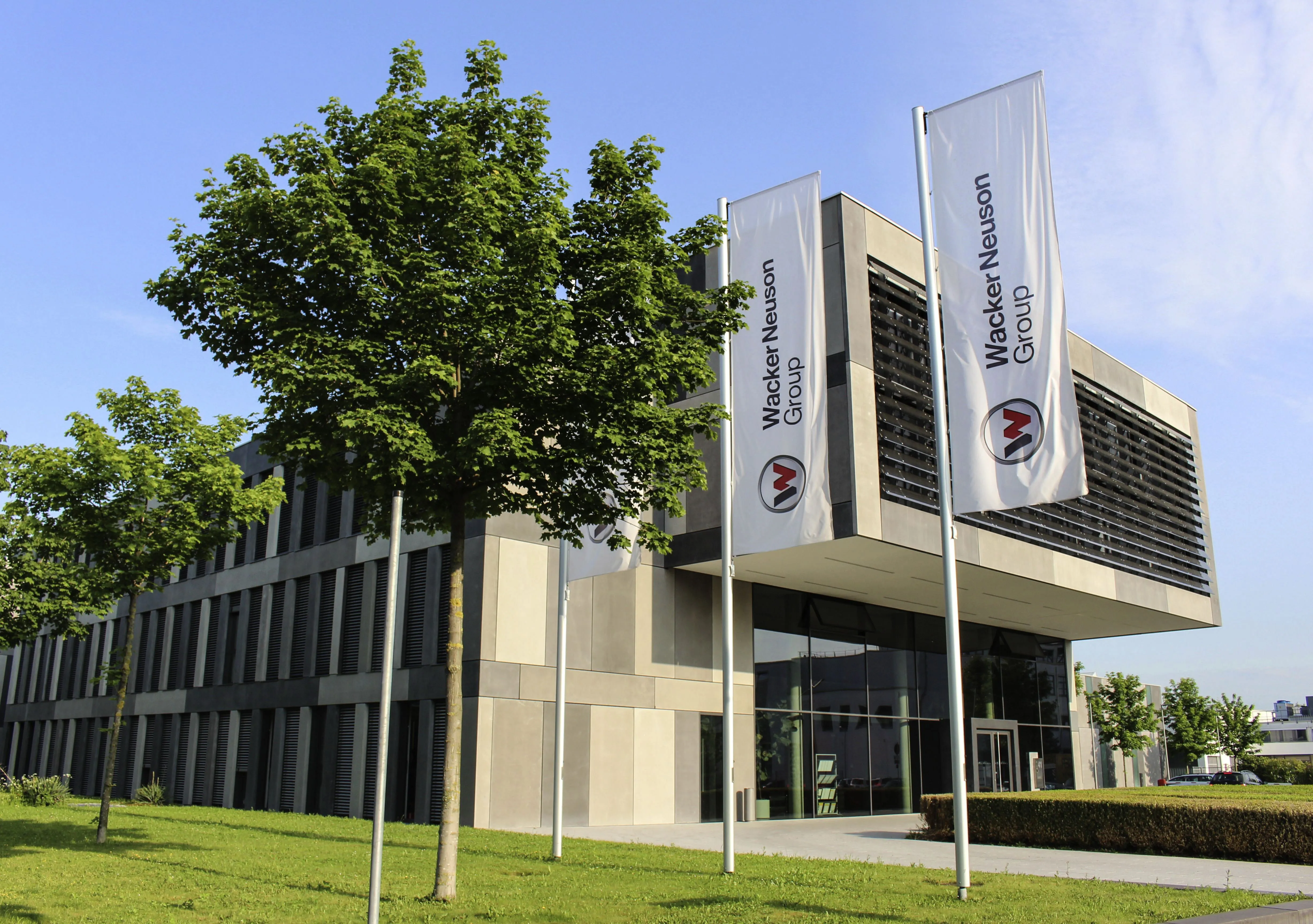LiuGong and ZF are intensifying their cooperation by building a new joint venture axle company in Liuzhou. Called ZF Liuzhou Axle, the new company will produce wheel loader axles that are specially tailored for the requirements of the Chinese market. By 2018 some 190 employees will be working at Liuzhou Axle. Since 1995, ZF and LiuGong have been operating a joint venture company in Liuzhou, a major industrial city in the south of China. The two parties have now decided to further intensify their cooperation
November 27, 2012
Read time: 2 mins
LiuGong and ZF are intensifying their cooperation by building a new joint venture axle company in Liuzhou. Called ZF Liuzhou Axle, the new company will produce wheel loader axles that are specially tailored for the requirements of the Chinese market. By 2018 some 190 employees will be working at Liuzhou Axle.
Since 1995,Wang Xiao Hua, chairman of LiuGong, also said, “The new venture will benefit from the many successful years of cooperation already between LiuGong and ZF and by further extending this beneficial cooperation, we will continue to set many things in motion on the fiercely competitive construction machinery market.”
A team of engineers from ZF Headquarters, LiuGong and ZF China have been working together to upgrade the existing axle models for LiuGong wheel loaders since October 2011,” said Hermann Beck, head of the ZF Business Unit Off-Highway Systems. “These joint efforts brought about a modular axle concept which, besides the standard version with dry disc brake, offers the possibility to supply a new, even more sophisticated solution with wet multi-disc brake using a large portion of common parts.”







